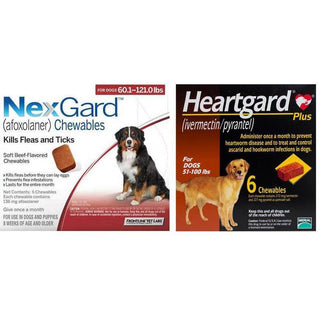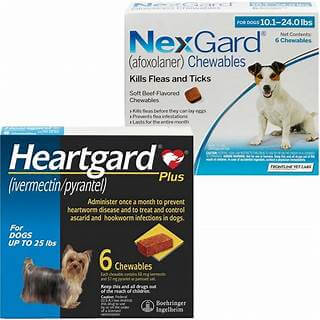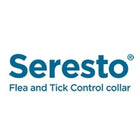Have you spotted white flakes on your cat’s fur? It could be cat dandruff — a common condition that usually signals dry or irritated skin. The good news is that, in most cases, it’s treatable with simple changes in care or diet and sometimes with help from your veterinarian.
In this guide, we’ll explain what cat dandruff is, what causes it, and how you can effectively get rid of it to keep your feline’s skin and coat healthy.
What Is Cat Dandruff?
Cat dandruff refers to visible white or gray flakes on your cat’s skin or fur. These flakes are a symptom rather than a disease, and they can appear anywhere on the body where your cat has dry or unhealthy skin.
Cat Dandruff vs. Cat Dander – What’s the Difference?
While the terms sound similar, dandruff and dander are not the same.
- Cat dander is a normal, microscopic shedding of skin cells that often causes allergic reactions in people.
- Cat dandruff is visible and typically linked to dry or irritated skin. Unlike dander, it often indicates a skin issue that needs attention.
What Causes Dandruff in Cats?
There are several reasons your cat might develop dandruff:
1. Dry Skin
Low humidity, especially during winter months, can dry out your cat’s skin, leading to flaking.
2. Poor Diet
A lack of essential fatty acids or dehydration due to limited water intake can contribute to skin issues.
3. Obesity or Arthritis
Cats that have difficulty moving may be unable to groom themselves effectively, leading to an accumulation of dead skin cells on their coat.
4. Allergies or Parasites
Food allergies, fleas, mites, or fungal infections like ringworm can cause irritation and dandruff.
5. Underlying Health Conditions
Health problems such as hyperthyroidism or diabetes can affect skin health. Always consult a vet if dandruff is persistent or accompanied by other symptoms.
Symptoms of Cat Dandruff
Look for these signs:
- White flakes on fur, skin, or bedding
- Excessive grooming or scratching
- Hair loss or thinning coat
- Red, inflamed skin
- Reduced energy or signs of discomfort
If you notice any of the above, especially in combination, it’s best to visit your vet.
How to Treat Cat Dandruff
Treatment depends on the cause, but here are some common and effective options:
✅ Regular Brushing
Brushing removes loose flakes and promotes natural oil distribution in the skin.
✅ Hydration Boost
Use a humidifier at home and offer more wet food to increase hydration.
✅ Moisturizing Shampoo
Occasional baths with cat-safe, moisturizing shampoo can soothe dry skin.
✅ Topical Solutions
If your cat tolerates them, special sprays or lotions may help improve skin condition.
✅ Veterinary Care
A vet can check for infections or underlying illnesses and prescribe appropriate treatment for severe or recurring dandruff.
Best Cat Food for Healthy Skin
Nutrition plays a vital role in managing cat dandruff:
- Opt for cat food that contains Omega-3 and Omega-6 fatty acids, as they help maintain a shiny coat and promote healthy skin.
- For overweight cats, a weight management plan can improve grooming habits.
- Consider switching to wet food to increase water intake, especially if your cat doesn’t drink much water.
You can also explore hydration supplements designed for cats to support skin health from the inside out.
Final Thoughts
Cat dandruff is usually not severe but can indicate a deeper issue. Most cats recover quickly with proper grooming, hydration, and a balanced diet. However, a veterinary check-up is the safest course if flakes persist or are paired with other symptoms.







